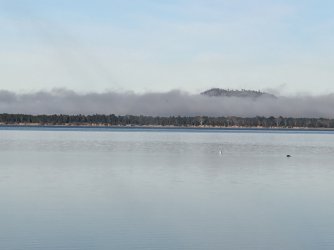Almost all events that resolve well are team efforts, whereas those that devolve to the one man band very rarely work out. In the case of QF32, there was an exceptional FO. The people in the back row could help with the calculations and PA, but beyond that there was little they could do…
As for Sully…well, the aircraft was going to be coming down in about 3 minutes, no matter how much skill you had. The FO worked for the entire time, the movie and media just choose to forget that. Sully made two important decisions. The first was obviously something that he’d decided on many years prior, and that was to start the APU. That was the 767 pilots’ cure to everything too. Gave your hand something to do for a second or two. Might help and can’t hurt. The second was to go for the river and not an airport. Whilst that was a quick calculation at the time, we’re all well aware of the generally poor outcomes for people who try turning back. The landing was nothing special though, in fact, it was quite the opposite of what you’re supposed to do. Basically he kept pulling back until he hit the alpha limit, and the aircraft just mushed into the water. The alpha limit wouldn’t have existed if he hadn’t started the APU, so that was the real positive outcome from that selection. The miracle was the fact that everyone survived, not so much the flying itself.
Another excellent FO, whom I believe had actually been a Captain on another type. Worth noting that when IFALPA (the international pilot body) hands out awards, it’s very rarely to an individual, but almost always to the Captain and FO. They understand.
Making the decision later would have wasted height/energy, and there was a very limited amount of that. Literally finding the best looking spot right in front of you, was about all that could reasonably be done. Sully’s greatest contribution came afterwards, as he become a bit of a spokesperson for the entire pilot body in the USA.
















